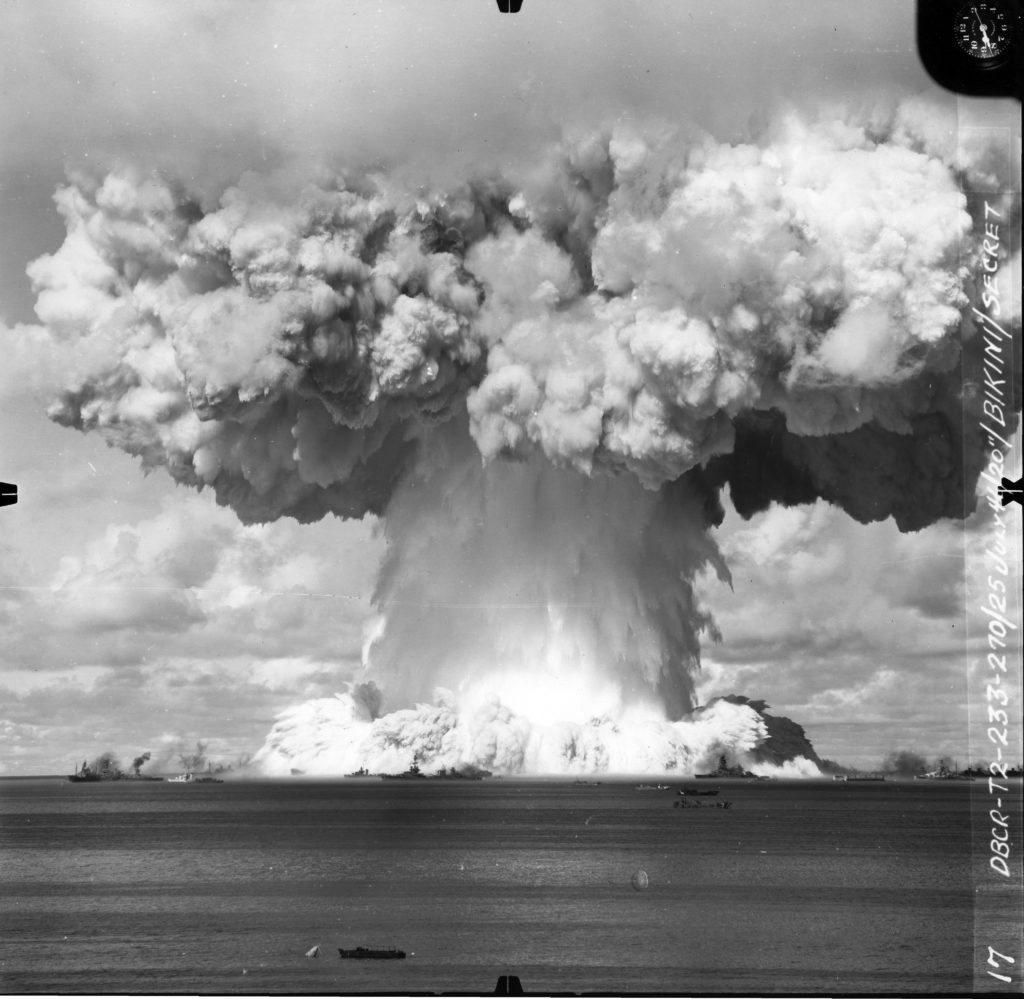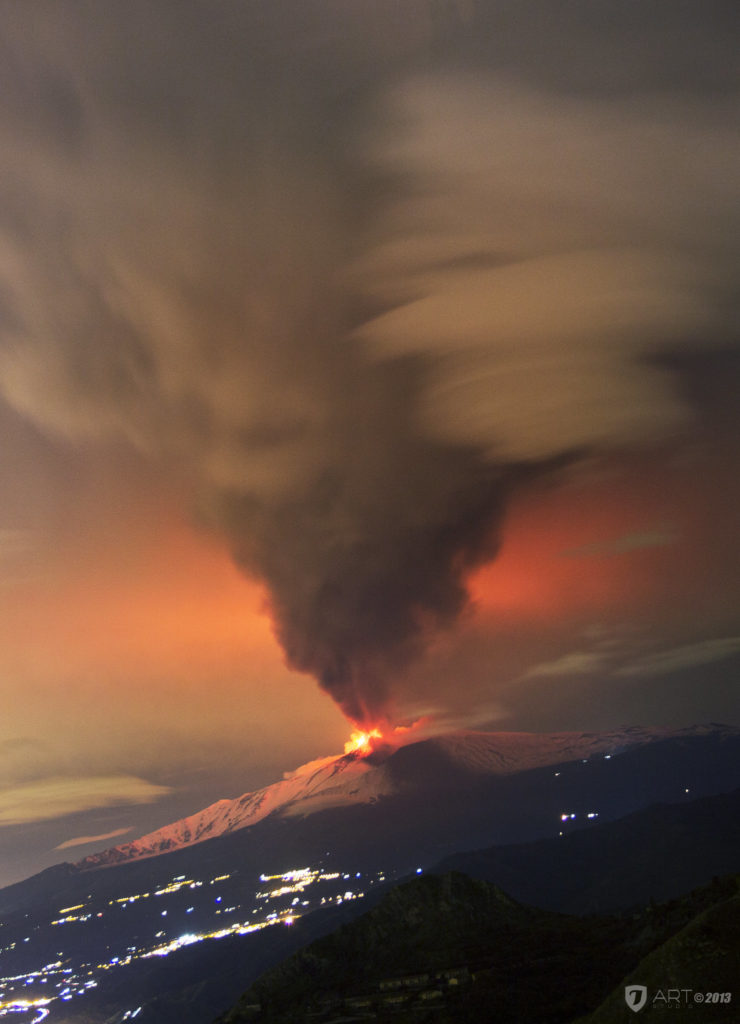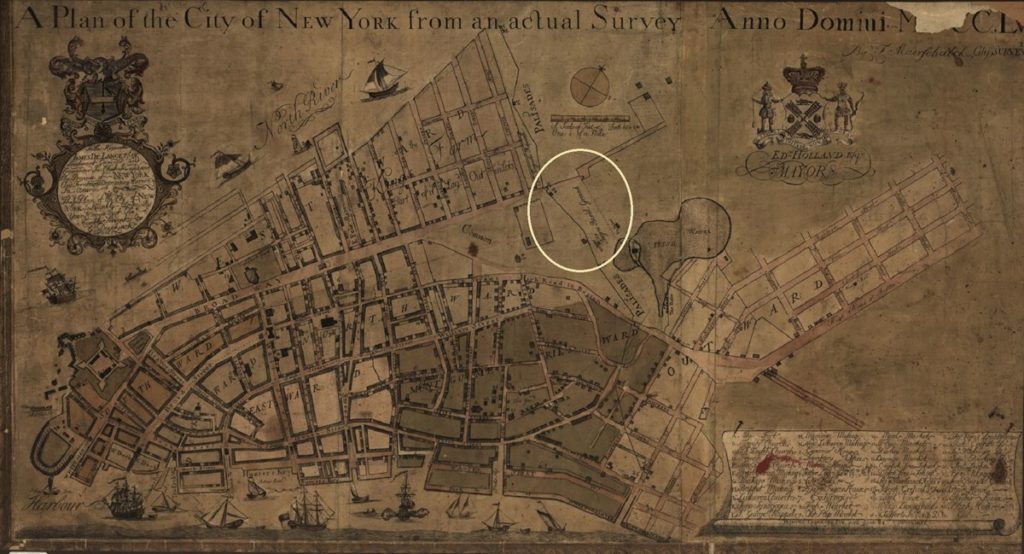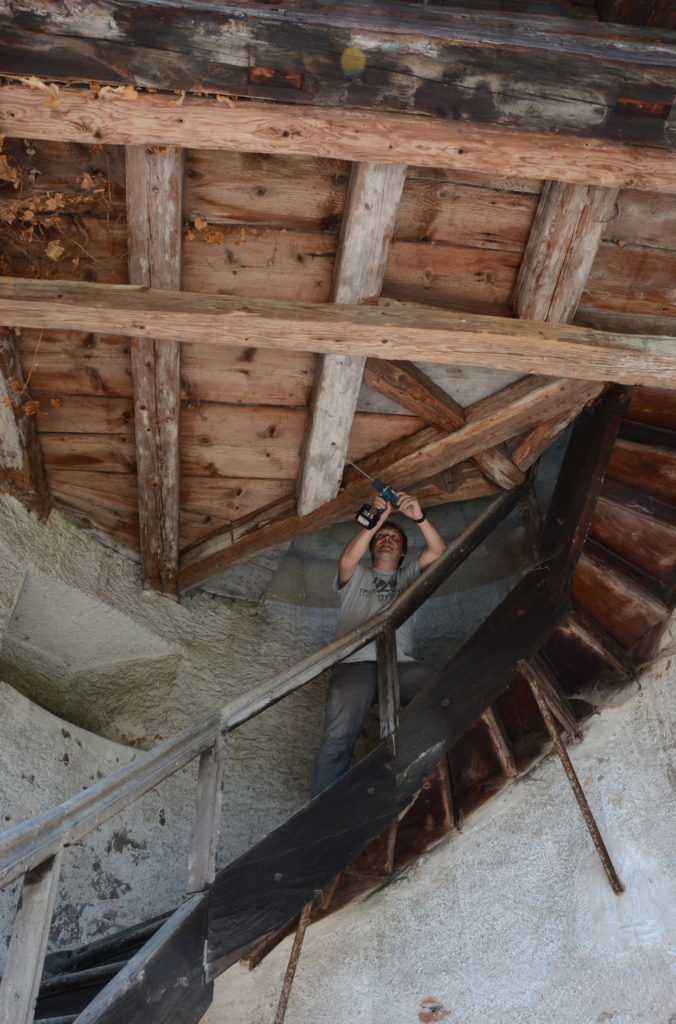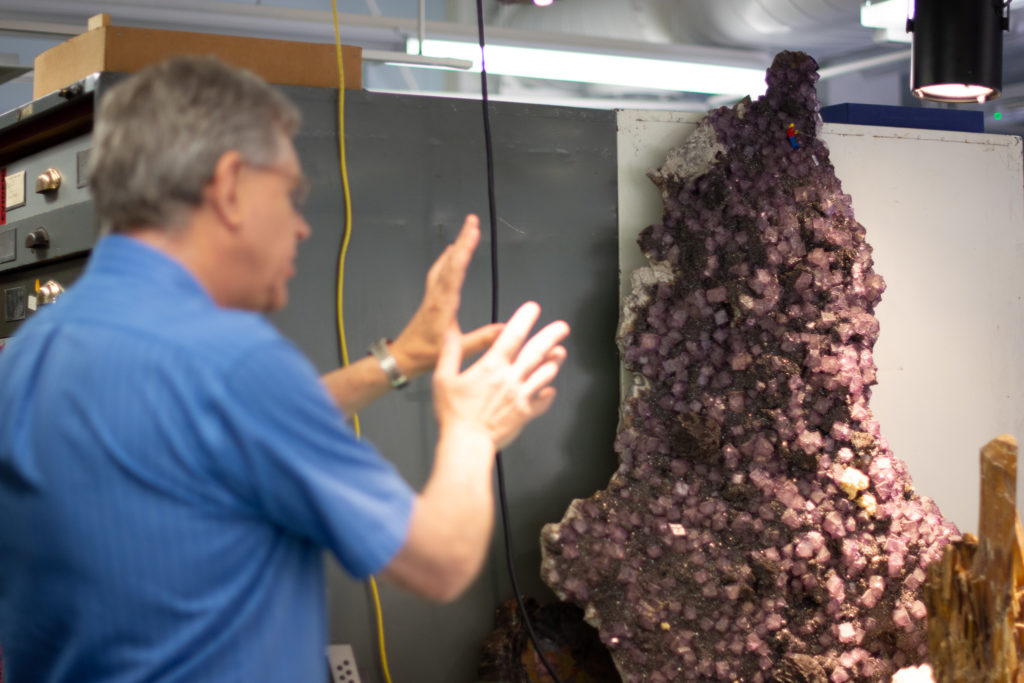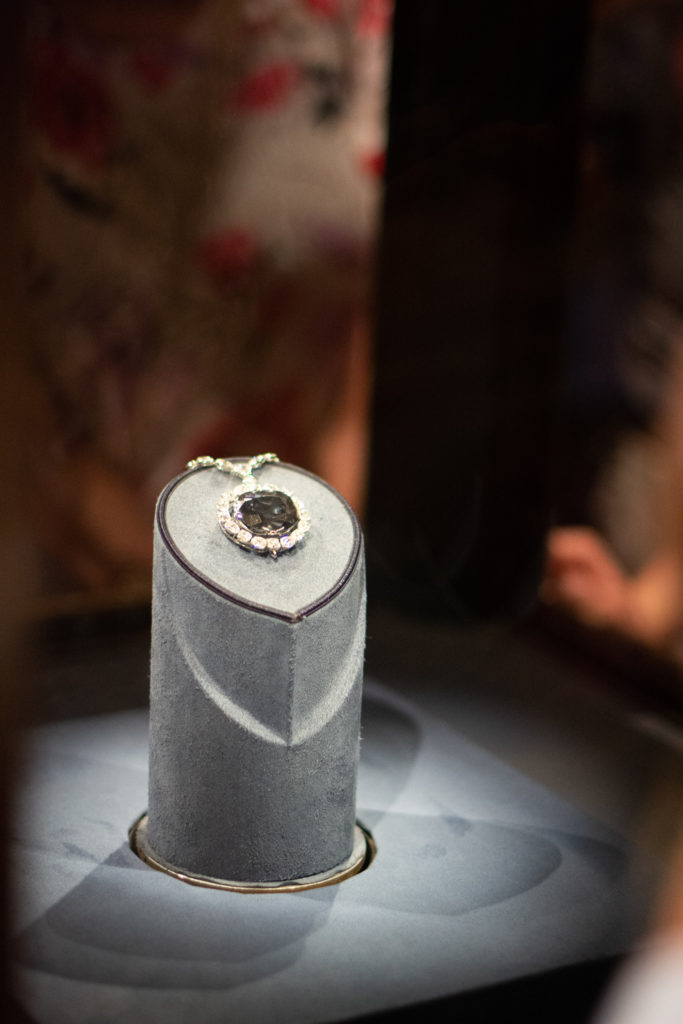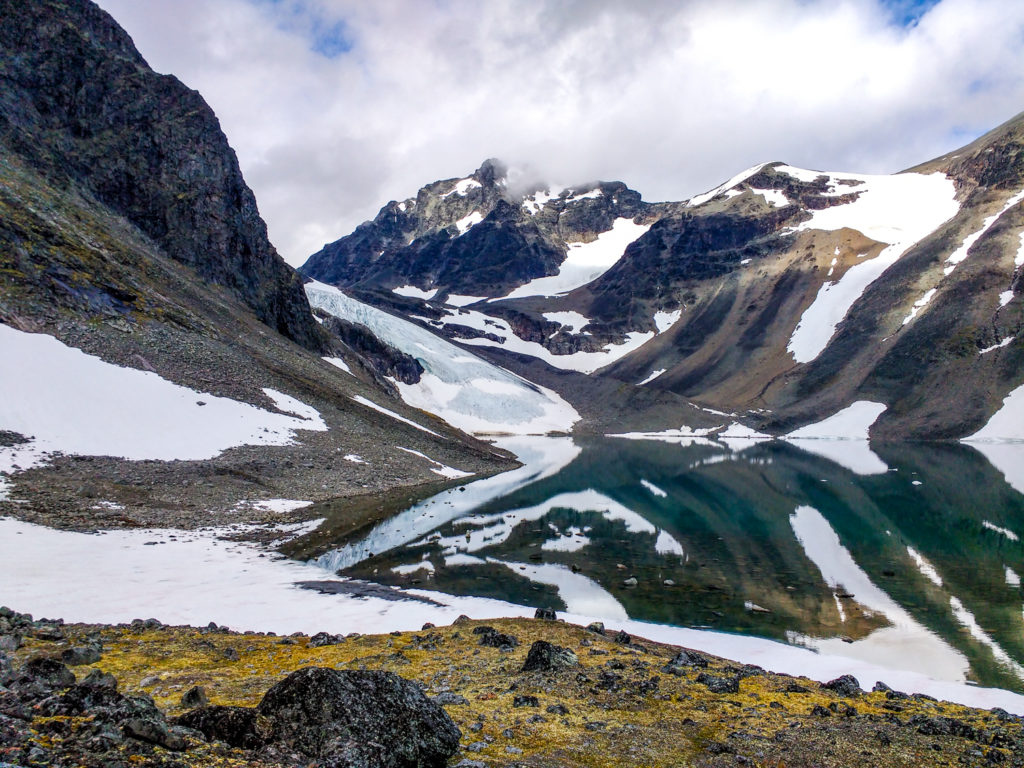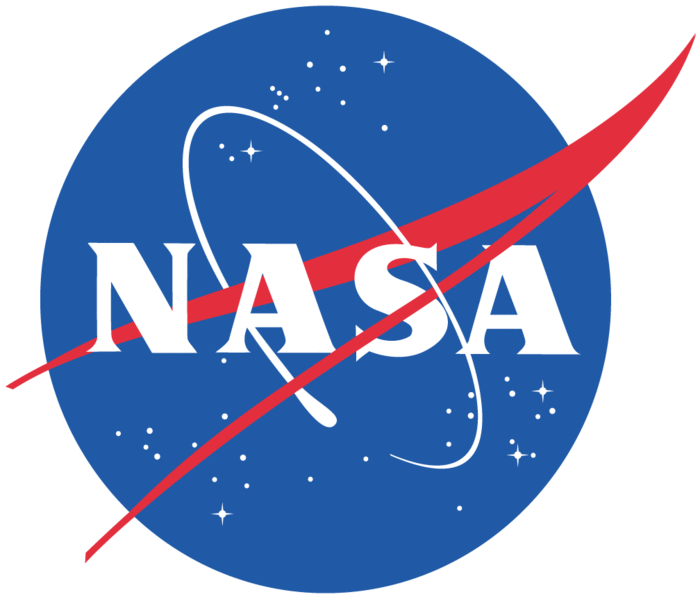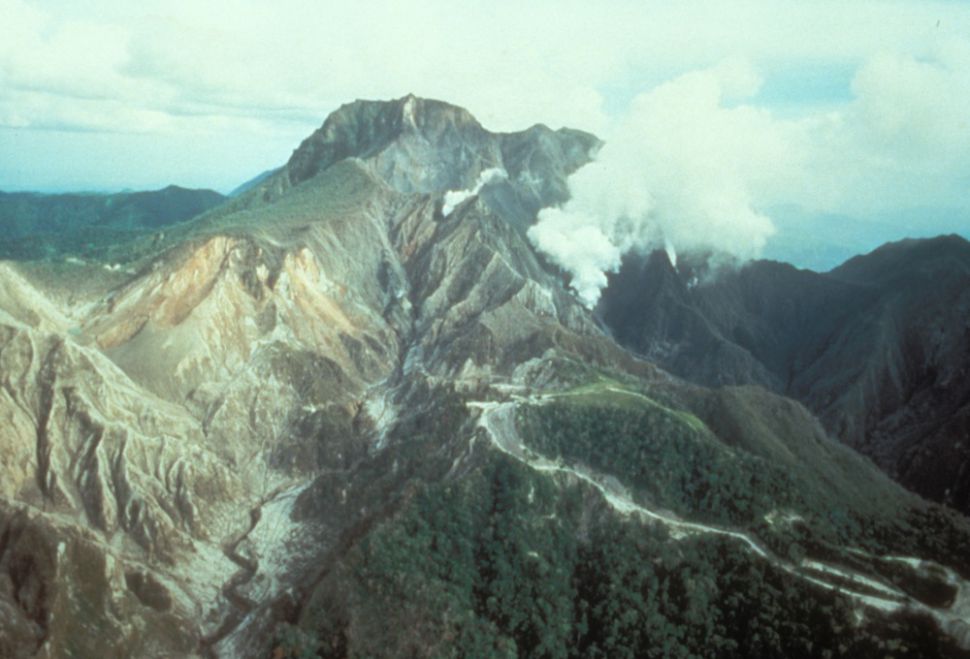History
Earthrise
On 24 December 1968, humans witnessed our home planet rise over the horizon of another world for the first time. The crew of Apollo 8 looked up from the Moon to see the blue and white swirls of Earth poised above the stark grey lunar surface—a single oasis in a big, dark universe.
Read MoreParadise Lost
From 1946 to 1958, the United States military conducted more than 20 nuclear bomb tests at Bikini Atoll, an idyllic tropical island in the South Pacific Ocean. During the first of these tests, conducted in July 1946, the military anchored nearly 100 warships and submarines within Bikini’s large lagoon to see how a nuclear blast would affect a naval fleet.
Read MoreEt tu, Etna?
In 44 BCE, a momentous event occurred. Somewhere on Earth, a volcano erupted—one of the largest of last 2,500 years terms of climate impact. Traces of the eruption can be found in ice cores from Greenland and Antarctica, in signs of cold weather in the growth rings of trees around the world, and records of famine and agricultural disaster from Egypt to China. The eruption caused global climate effects lasting several years.
Read MoreExhuming a Buried Piece of American History
In 1991, the United States government unearthed a staggering archaeological find during construction of a federal office building in lower Manhattan. While digging the building’s foundations, construction crews stumbled upon skeletal remains from the “Negroes Burial Ground,” the largest and oldest burial site of free and enslaved Africans in what would become the United States.
Read MoreDiscovering Europe’s History Through its Timbers
An analysis of timber used to construct buildings in Europe hundreds of years ago is giving scientists and historians new insights into the region’s history from the 13th to 17th centuries. Using samples of wood taken from old buildings in Europe, Fredrik Charpentier Ljungqvist, a historian and paleoclimatologist at Stockholm University, and Andrea Seim, a…
Read MoreE24 Part 2- A Walk in the Vault with Jeff Post
Mineralogist Jeff Post has a one-of-a-kind job: he’s curator of the National Gem and Mineral Collection, a collection of over 375,000 rock and mineral specimens housed at the National Museum of Natural History in Washington, D.C. In this episode, Jeff takes Third Pod producers on a tour of the vault, where the collection’s most valuable and rare specimens are kept. Jeff
Read MoreE24 Part 1- (Hope) Diamonds are Forever
Mineralogist Jeff Post has a one-of-a-kind job: he’s curator of the National Gem and Mineral Collection, a collection of over 375,000 rock and mineral specimens housed at the National Museum of Natural History (NMNH) in Washington, D.C. In this episode, Jeff describes his day-to-day work of maintaining and growing this invaluable collection, which includes being personally responsible for the Hope Diamond and countless other treasures.
Read MoreCE12 – A Nuclear Legacy Buried in Ice
Earlier this year, scientists reported that radioactive fallout from nuclear accidents and weapons testing is present in ice sediments on the surface of glaciers in the Arctic, Iceland, the Alps, the Caucasus, British Columbia and Antarctica.
Read MoreThird Pod Presents: Sci & Tell – Jim Green on Space Exploration
We’re trying something new with Third Pod. In addition to your regularly scheduled programming, we’re going to showcase short stories from scientists in a new series we’re dubbing Sci & Tell. Like show & tell, but with science (and audio)!
Read MoreCentennial E10 – Volcano Disaster Prepping
Many people have emergency kits packed to flee or survive forces of nature like floods, hurricanes, or wildfire. But what do you throw in your bag when you expect to rush toward a natural hazard? Geologist John Ewert has his go-kit packed with portable seismometers and gas-monitoring equipment, ready to mobilize when a volcano starts to rumble.
Read More

